All
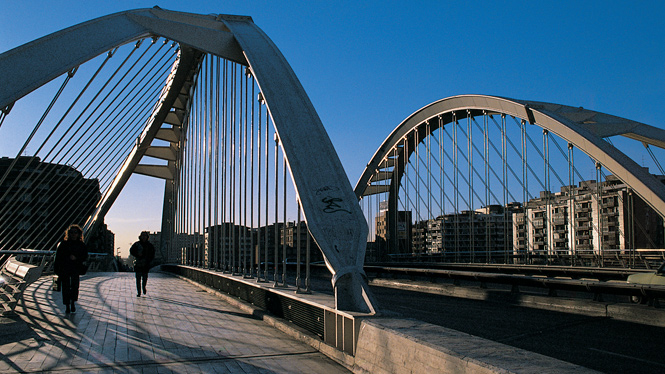
The slender outline of the Bac de Roda Bridge, known locally as the Calatrava Bridge, marks the border between two districts of Barcelona city:
Sant Andreu and Sant Martí. It was built between 1985 and 1987, at the crossroads of the Carrer Felip II and the Carrer Bac de Roda.
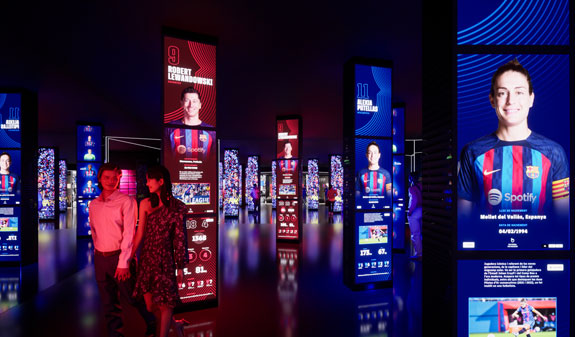
Founded in 1899 by Hans Gamper, FC Barcelona has become a symbol of football, social and cultural identity for millions of people around the world. Visit the FCB Museum and discover some of the most iconic areas in Europe's biggest stadium Camp Nou, on an unforgettable immersive tour.
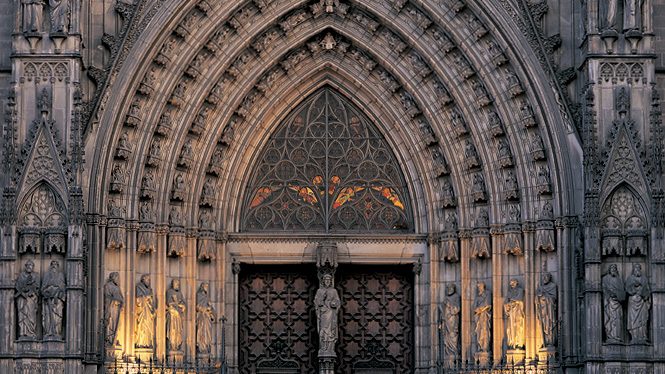
Catedral de la Santa Creu i Santa Eulàlia watches impassively the passing of time in a constantly moving and changing Barcelona. The Cathedral also reflects the different generations who have left their imprint and the blend of architectural styles in this predominantly Gothic building which needs to be viewed inside in order to fully understand its splendour.
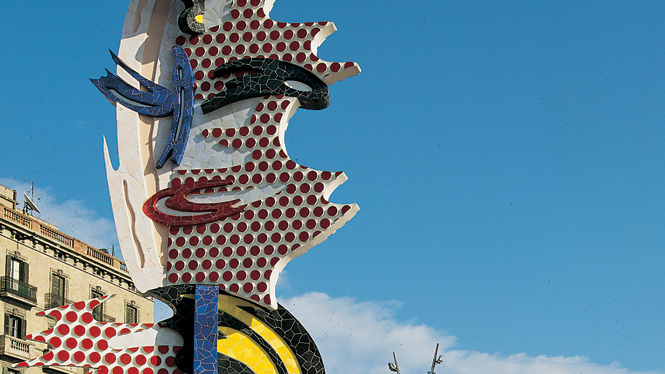
The colour and size of the sculpture Barcelona Face make it impossible to miss. Everyone has their own opinion about this piece of public art that has decorated one end of
Barcelona"s Port Vell since the Olympic era, and blends in with the maritime past and present of one of the city"s main leisure areas.
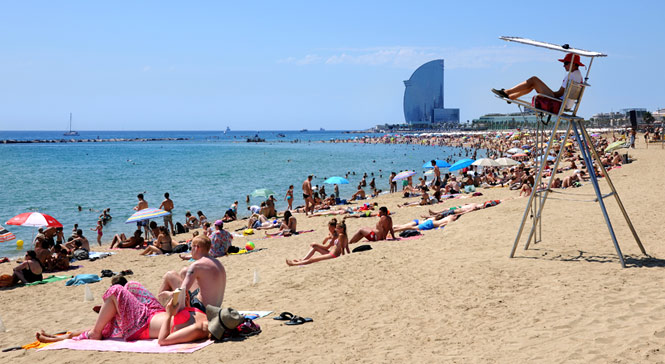
This beach is inextricably linked to the fishing quarter of the same name, Barceloneta, Barcelona"s classic neighbourhood by the sea, where the people of Barcelona love to come and eat fish and seafood dishes and "tapas".




